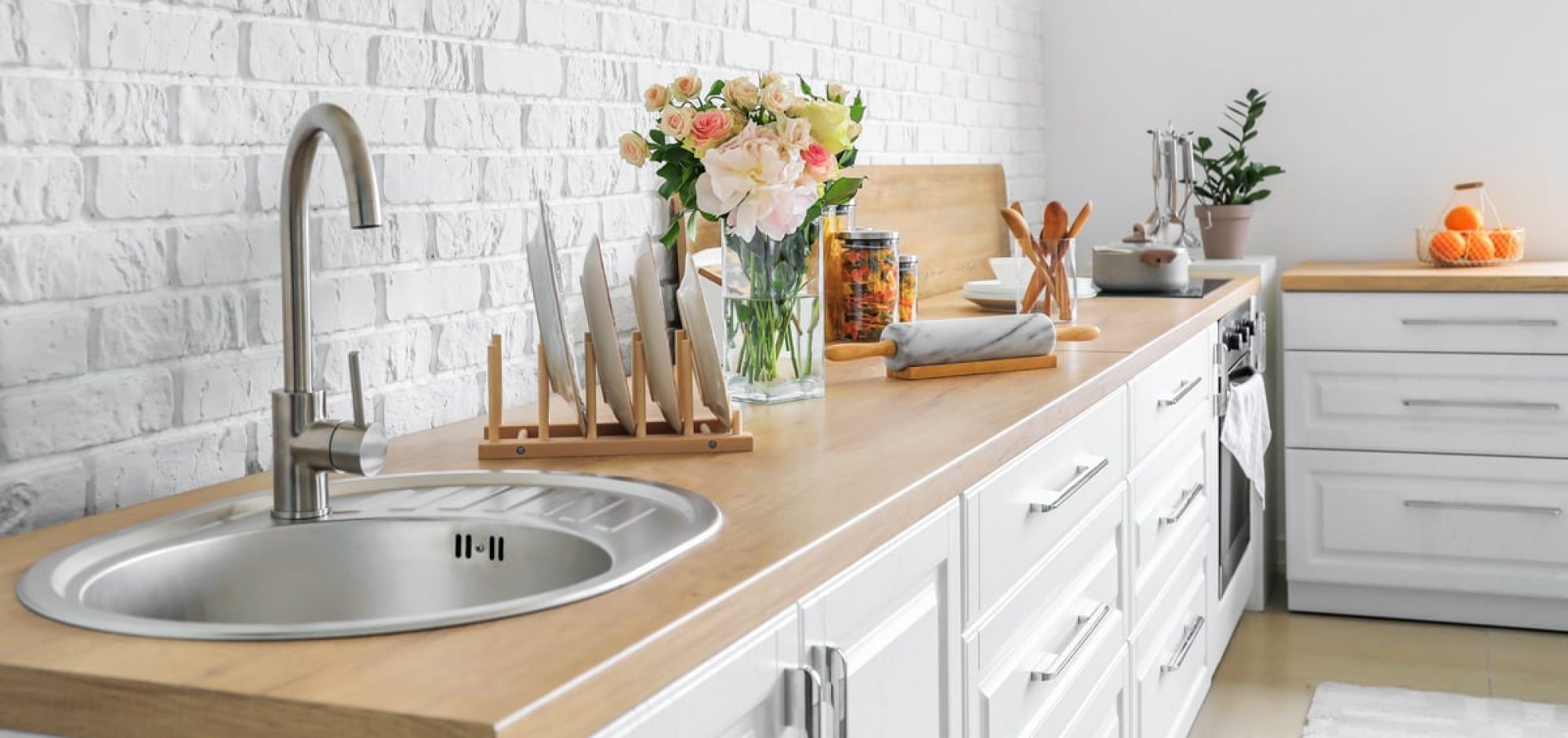There are a wide range of various types of flooding supports to stop flooding and safeguard your home or industrial residential or commercial property. These array from passive to energetic steps consisting of sandbags, water dams and inflatable obstacles that can be pumped up or stored when the flooding waters increase. There is additionally a big choice of semi-permanent and irreversible alternatives like dams, flood entrances and sea wall surfaces that can be left open throughout periods of moderate weather condition or near reduce serious flooding occasions.
Picking the appropriate kind of flood defences for your residential property depends upon what you require it to do and the length of time you want it to last. A temporary flood barrier is fantastic for stopping flooding damage to your home, yard or any outside equipment such as sheds and summertime kitchens. Sandbags are an inexpensive, readily available alternative that can be made use of to block the outer crevices of buildings or contain rainfall on low-elevation sites.
More long-term flood supports like levees, dikes and berms are designed to stop flooding damage along rivers and coastlines. They can be constructed to a certain elevation or size to ensure that flood waters will certainly not go beyond a certain level. This can be helpful for communities that are prone to frequent flooding. Nevertheless, studies have actually shown that these structures often tend to separate rivers from their floodplains and decrease the all-natural benefits that they supply. This is because of the truth that they promote urban and farming development on the floodplains, which can cause boosted flood dangers for the surrounding areas.
Passive flood protections are generally more costly than their energetic counterparts. However, they often tend to pay for themselves over time due to their high service life, minimal upkeep and real floodproofing capabilities. Some easy obstacles call for no power, employees or training to activate and can be mounted in places where traditional flooding protections are not able to get to such as doors and stairwells.
Active steps like flood doors, logs and bladders are reasonably more affordable than their passive equivalents yet they can be costly to operate and keep over time. They must be transferred to the area, inflated or stored in between flood events and saved at a secure area. They are also recognized to be less effective than their passive counterparts in protecting against flooding. They have been revealed to be just around 30% reliable in minimizing flood losses throughout 1-in-5 year occasions, and even much less efficient for 500-year return durations. Moreover, they have actually been recognized to degenerate or breach in time. Consequently, homeowners and local business owner ought to not use these sorts of barriers for their permanent flood security.

